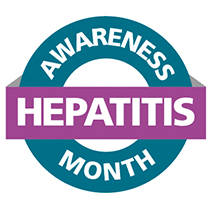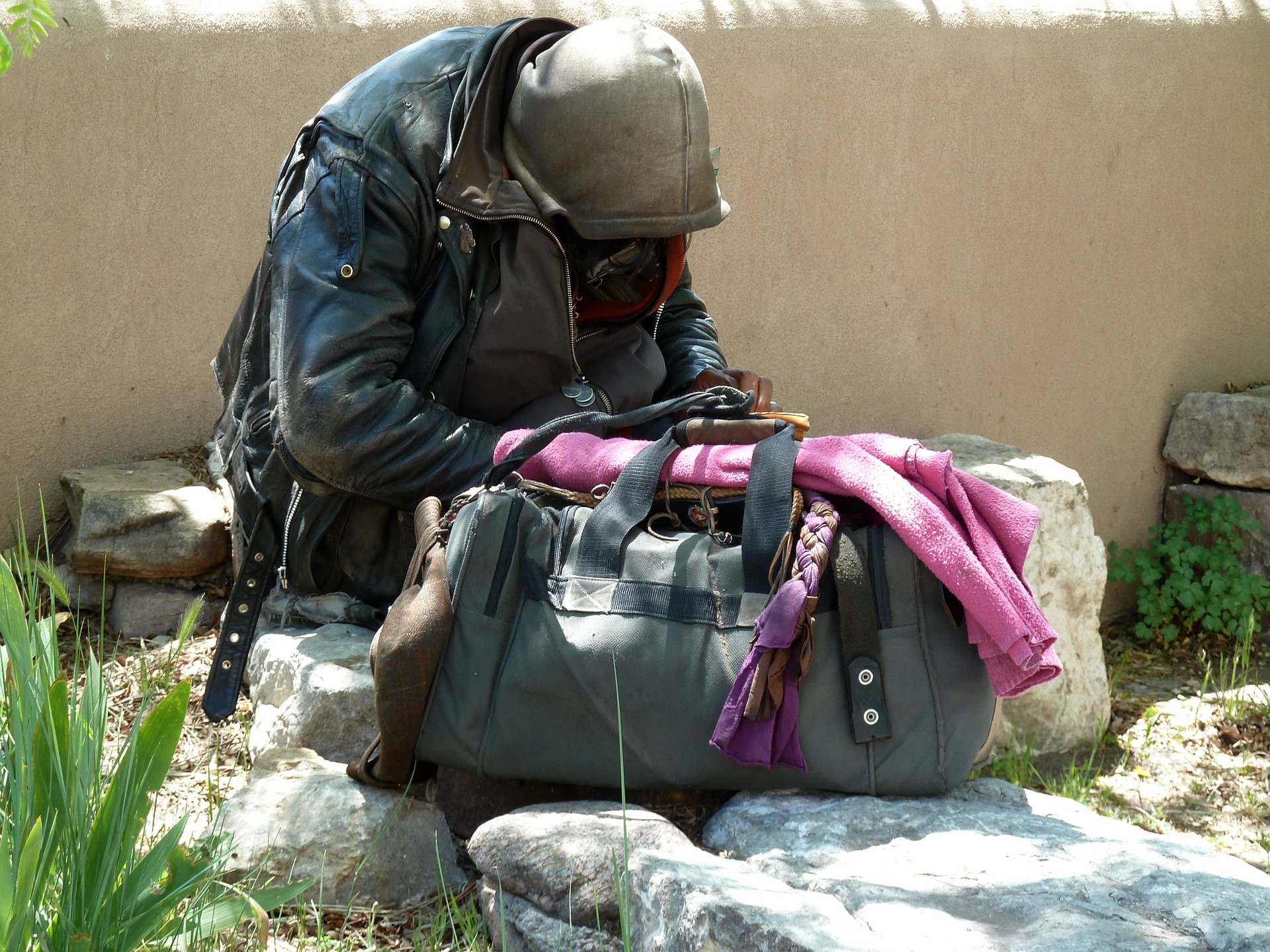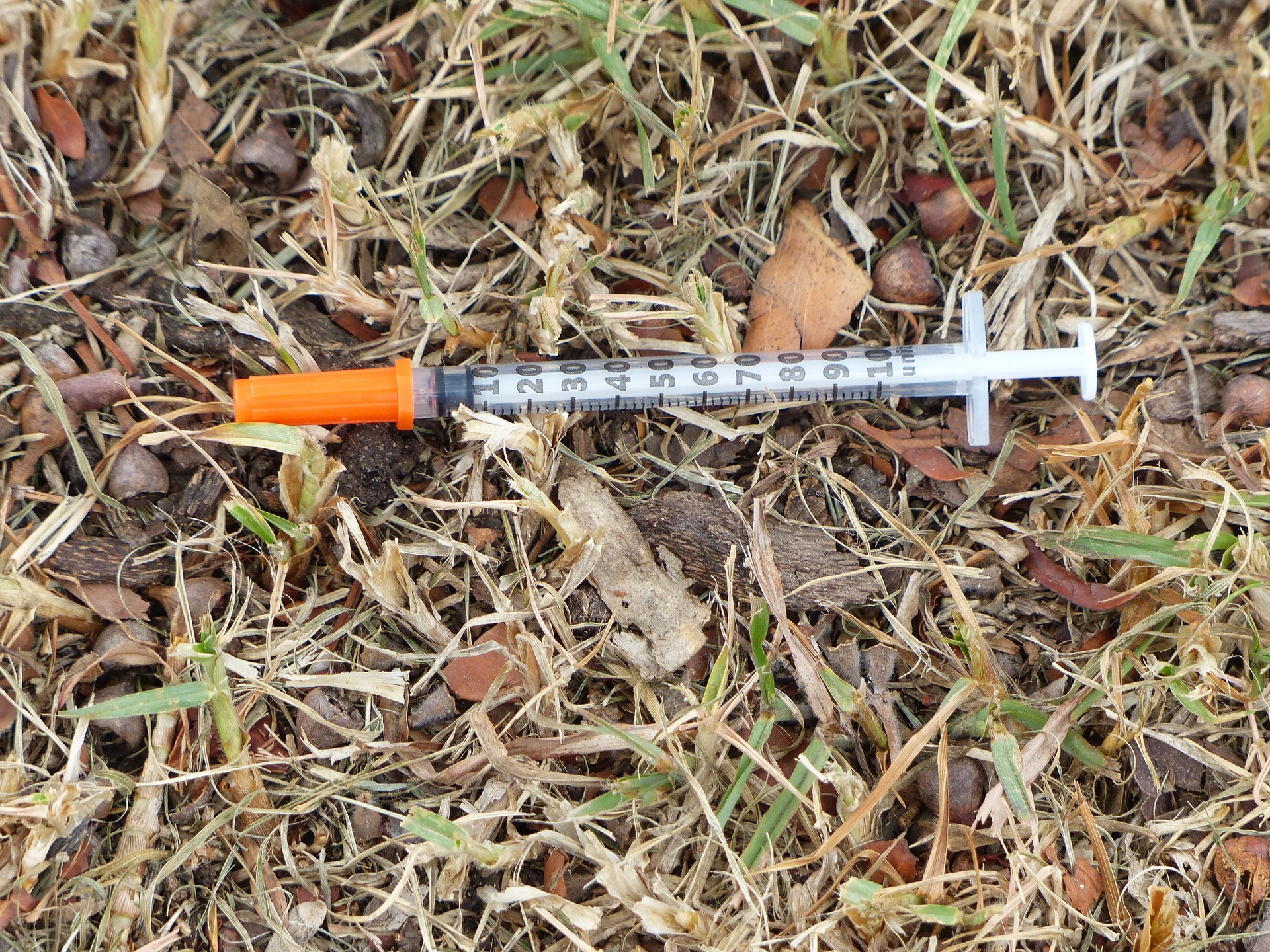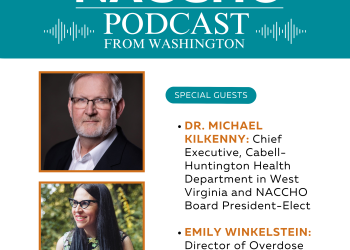By Meghan McGinty, PhD, MPH, MBA, Deputy Director of the Big Cities Health Coalition, and Michelle Cantu, MPH, Director of Infectious Diseases and Immunization, NACCHO
 The month of May is designated as Hepatitis Awareness Month in the United States and May 19th is Hepatitis Testing Day. During this month, NACCHO will highlight the role of local health departments (LHDs) in responding to this silent epidemic and work to bring increased attention to viral hepatitis. Through a series of three blog posts, NACCHO will focus on the most common types of viral hepatitis, which are hepatitis A, hepatitis B, and hepatitis C. This series seeks to raise awareness of the importance of vaccination for hepatitis A and B, testing for hepatitis B and C, and the availability of effective care and treatments that, in the case of hepatitis C, result in a cure for most people. Additionally, the series will highlight current events related to viral hepatitis – such as outbreaks of hepatitis A in jurisdictions across the country and soaring rates of hepatitis B and C associated with increased injection drug use that is being fueled by the opioid epidemic – and how LHDs are on the frontlines of responding to these worrying trends.
The month of May is designated as Hepatitis Awareness Month in the United States and May 19th is Hepatitis Testing Day. During this month, NACCHO will highlight the role of local health departments (LHDs) in responding to this silent epidemic and work to bring increased attention to viral hepatitis. Through a series of three blog posts, NACCHO will focus on the most common types of viral hepatitis, which are hepatitis A, hepatitis B, and hepatitis C. This series seeks to raise awareness of the importance of vaccination for hepatitis A and B, testing for hepatitis B and C, and the availability of effective care and treatments that, in the case of hepatitis C, result in a cure for most people. Additionally, the series will highlight current events related to viral hepatitis – such as outbreaks of hepatitis A in jurisdictions across the country and soaring rates of hepatitis B and C associated with increased injection drug use that is being fueled by the opioid epidemic – and how LHDs are on the frontlines of responding to these worrying trends.
Local Health Department Hepatitis A Outbreak Response
Each day, LHDs are on the frontline of defense monitoring and responding to upwards of 70 nationally notifiable infectious diseases. One of those diseases, hepatitis A, is a liver infection caused by the hepatitis A virus. Hepatitis A is highly contagious, which means a timely, local, on-the-ground response is especially important to contain outbreaks.
The United States is currently experiencing a multi-jurisdiction outbreak of hepatitis A. While commonly spread through contaminated food, this hepatitis A outbreak is spreading from person to person. Beginning in 2017, the spread of hepatitis A has occurred primarily among people who are homeless and people who use drugs. Outbreaks are occurring or have occurred in California, Indiana, Kentucky, Michigan, and Utah.
LHDs and governments throughout the nation actively work to address these outbreaks by:
- offering mass vaccination, where appropriate;
- cleaning and sanitizing infected areas;
- increasing access to handwashing;
- conducting outreach to healthcare providers and the healthcare community; and
- providing public education about prevention, treatment, and response.
In November 2017, NACCHO hosted a webinar on the Hepatitis A 2017 Outbreak Response – Lessons from Big Cities. During this webinar, representatives from the San Diego Health and Human Services Agency, the Los Angeles County Department of Public Health, and the Detroit Health Department shared details regarding their local responses to this unique outbreak, lessons learned, and how other health departments can prepare.
In California, the outbreak began in San Diego County in November 2016 and spread to Santa Cruz, Los Angeles, and Monterey counties. Since November 2016, in California alone, over 700 people were infected with hepatitis A, 461 people were  hospitalized, and 21 have died in outbreaks related to inadequate sanitation and hygiene. California health officials have responded vigorously to contain this outbreak. For example, Governor Jerry Brown declared a state of emergency allowing the California Department of Public Health to expedite the purchasing of the hepatitis A vaccine. This also allowed Emergency Medical Technicians (EMTs) to administer the vaccine, outside of a clinical setting, to individuals in underserved communities, including people experiencing homelessness and people who use drugs.
hospitalized, and 21 have died in outbreaks related to inadequate sanitation and hygiene. California health officials have responded vigorously to contain this outbreak. For example, Governor Jerry Brown declared a state of emergency allowing the California Department of Public Health to expedite the purchasing of the hepatitis A vaccine. This also allowed Emergency Medical Technicians (EMTs) to administer the vaccine, outside of a clinical setting, to individuals in underserved communities, including people experiencing homelessness and people who use drugs.
In San Diego, the Department of Environmental Health has provided hepatitis A prevention guidance including how businesses can disinfect surfaces that should be cleaned often, such as counters, sinks and bathrooms. The San Diego Health and Human Services also issued guidance for how sidewalks, streets, and gutters should be sanitized. Sanitation is key to preventing infection, and soap and water hand washing is also essential. The County of Los Angeles Department of Public Health is teaching residents why, when, and how you should wash your hands. Their motto is, ‘handwashing is the key to health.’
Fortunately, due to the crucial work of local and state public health departments, hepatitis A cases across California have slowed dramatically and the outbreak response has been demobilized. California continues to monitor reported hepatitis A cases and provide preventative services to individuals from underserved communities.
Similarly, Michigan experienced a hepatitis A outbreak beginning in August 2016. There have been 821 cases, 662 hospitalizations, and 25 deaths. Public health officials there continue to respond to this outbreak. In Detroit, health  officials worked with their state health department to conduct outreach by providing letters to the healthcare community and Medicaid providers to inform, provide guidance, and share available resources. Additionally, health officials have provided public education about prevention, treatment, and response. Resources like answers to frequently asked questions help educate Michigander’s about how to stop the spread of hepatitis A.
officials worked with their state health department to conduct outreach by providing letters to the healthcare community and Medicaid providers to inform, provide guidance, and share available resources. Additionally, health officials have provided public education about prevention, treatment, and response. Resources like answers to frequently asked questions help educate Michigander’s about how to stop the spread of hepatitis A.
LHDs in other parts of the U.S. have actively worked on prevention activities in their communities. In an effort to reduce the risk for a similar outbreak, Seattle & King County (SKC) Public Health took preventative measures by working with government and community partners to ensure adequate sanitation and hygiene practices took place at homeless encampments throughout the city. SKC health officials developed outreach materials for prevention at encampments and adapted San Diego outreach materials for people experiencing homelessness. These are just a few examples that highlight the extensive work LHDs have conducted since the beginning of the 2017 hepatitis A outbreak.
Resources to Address Hepatitis A
Learn more about hepatitis A statistics and surveillance, guidelines and recommendations, and vaccination recommendations. Resources for public health professionals and patients are also available. Further, check out the CDC Hepatitis Awareness Month webpage to see what you can do to get involved in this health observance, and check out the NACCHO webpage to learn more about our efforts to support the elimination of hepatitis.


